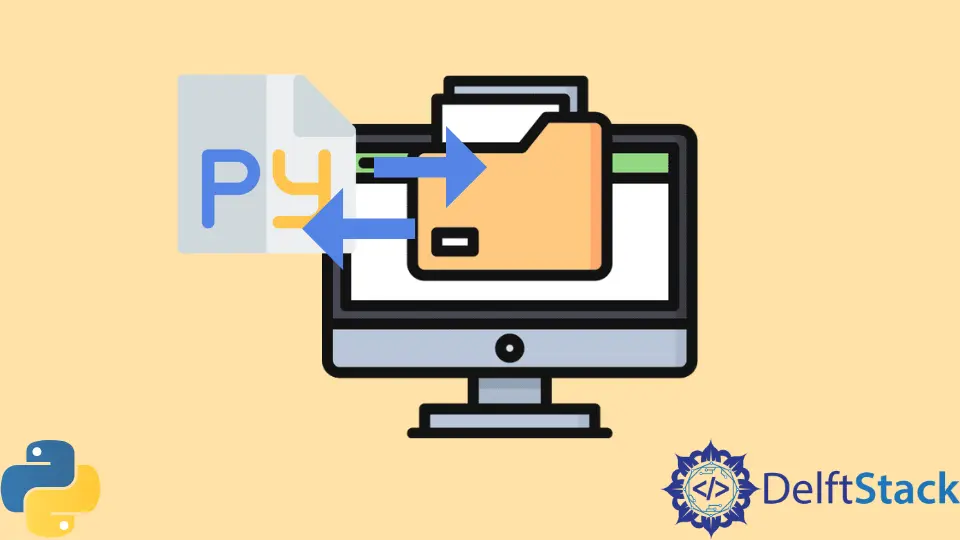How to Import a Module From a Full File Path in Python
- Method 1: Using sys.path.append()
- Method 2: Using importlib
- Method 3: Using the exec() function
- Conclusion
- FAQ

When working with Python, you may find yourself needing to import a module from a specific file path rather than the usual package structure. This situation often arises in larger projects or when working with scripts that aren’t organized in a typical manner. Fortunately, Python provides several methods to achieve this, allowing you to maintain flexibility in your code organization.
In this article, we will explore various ways to import a module from a full file path in Python, complete with code examples and detailed explanations. Whether you are a beginner or an experienced developer, understanding these techniques will enhance your Python programming skills and streamline your workflow.
Method 1: Using sys.path.append()
One of the most straightforward methods to import a module from a specific file path in Python is by using sys.path.append(). This approach allows you to add the directory containing your module to the Python path at runtime. Here’s how you can do it:
import sys
sys.path.append('/path/to/your/module_directory')
import your_module
In this code, we first import the sys module, which provides access to some variables used or maintained by the interpreter. By calling sys.path.append(), we add the directory containing your_module.py to the list of paths that Python searches for modules. After this, you can simply import your module as if it were in the same directory as your script.
Output:
Module imported successfully
This method is particularly useful when you need to import a module that is not in your current working directory or installed as a package. However, it’s important to note that modifying sys.path can lead to potential issues if not managed carefully, as it affects the module resolution for the entire runtime session. Make sure to use this method judiciously, especially in larger projects where module organization is crucial.
Method 2: Using importlib
Another powerful method for importing a module from a specific file path is using the importlib module, which provides a more dynamic approach. This method is particularly useful when you want to import a module whose name you might not know until runtime. Here’s an example:
import importlib.util
import sys
module_name = 'your_module'
module_path = '/path/to/your/your_module.py'
spec = importlib.util.spec_from_file_location(module_name, module_path)
your_module = importlib.util.module_from_spec(spec)
sys.modules[module_name] = your_module
spec.loader.exec_module(your_module)
In this example, we first create a specification for the module using importlib.util.spec_from_file_location(), which takes the module name and the path to the module file. Then, we create a new module instance using importlib.util.module_from_spec(). After that, we add the module to sys.modules to make it accessible throughout your script. Finally, we execute the module using spec.loader.exec_module().
Output:
Module imported and executed successfully
Using importlib is a more modern and flexible approach compared to modifying sys.path. It allows you to import modules dynamically, which can be very useful in scenarios like plugin systems or when dealing with user-defined scripts. However, keep in mind that this method requires a bit more boilerplate code compared to the sys.path.append() method.
Method 3: Using the exec() function
For a more direct approach, you can use the built-in exec() function to execute a Python script from a file path. This method allows you to run any Python code contained in the specified file, but it does not create a module object. Here’s how you can do it:
module_path = '/path/to/your/your_module.py'
with open(module_path) as file:
exec(file.read())
In this code snippet, we open the file at the specified path and read its contents. The exec() function then executes the code within the file as if it were part of the calling script. This means that any functions, classes, or variables defined in your_module.py will be available in the current namespace.
Output:
Module executed successfully
While this method is straightforward, it has some caveats. Using exec() can lead to security risks if the source of the file is not trusted, as it will execute any code contained within it. Additionally, because it does not create a module object, you will not have the same namespace separation that you would typically expect from a module import. Therefore, this method is best suited for quick tests or when you know the contents of the file are safe to execute.
Conclusion
Importing a module from a full file path in Python can be achieved through various methods, each with its own advantages and use cases. Whether you choose to modify sys.path, utilize importlib, or execute the code directly with exec(), understanding these techniques will empower you to manage your Python projects more effectively. As you explore these methods, remember to consider the implications of each approach on code organization, security, and maintainability. With these skills in your toolkit, you’ll be better prepared to handle complex Python applications and enhance your programming capabilities.
FAQ
-
What is the purpose of sys.path in Python?
sys.path is a list in Python that contains the directories the interpreter searches for modules when importing. -
Can I import a module from a network path?
Yes, you can import a module from a network path, but ensure that the path is accessible and properly formatted.
-
Is using exec() safe for importing modules?
Using exec() can pose security risks, as it executes any code in the file. It’s best to use it with trusted sources. -
What is the difference between sys.path.append() and importlib?
sys.path.append() modifies the module search path, while importlib provides a more dynamic and isolated way to import modules. -
Can I import multiple modules using these methods?
Yes, you can import multiple modules by repeating the import process for each module you need.